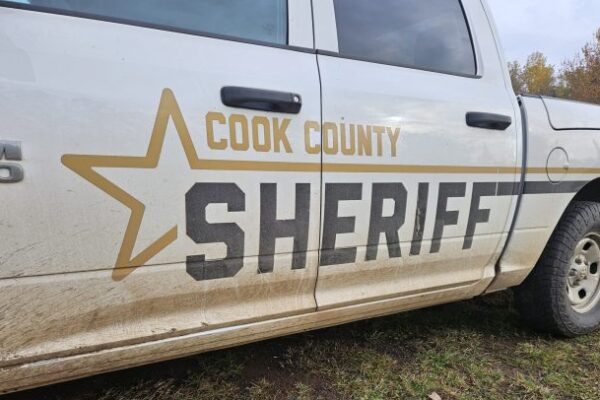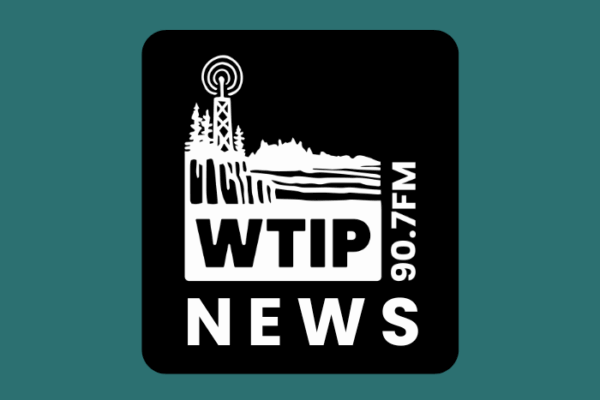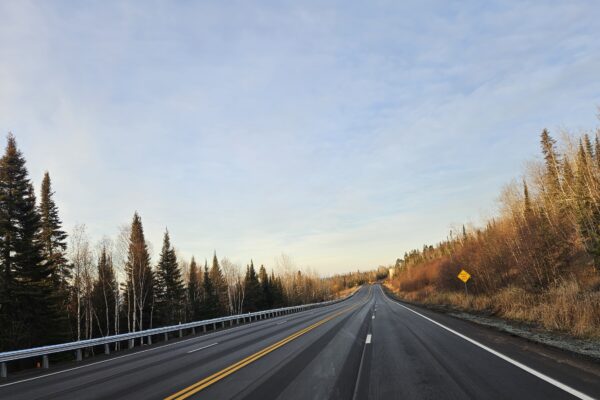Cook County adds two plants to the 2024 noxious weeds list
The growing season is upon us here in Cook County. For gardening and environmental enthusiasts, the county has released the annual noxious weeds notice to keep residents up to date on what they should be watching out for.
Agricultural Inspector & Environmental Specialist for the Highway Department and Coordinator for the Cook County Invasives Team Tia Parks spoke with WTIP about the changes in the 2024 noxious weeds notice.
Parks began by explaining the difference between non-native, invasive, and noxious weeds. She said that non-native plants are species that are brought to an ecosystem by humans, but that they don’t always cause problems. When non-native plants negatively impact the native population, they are considered invasive. Parks said, “Invasive species are ones that can kind of just take over. And they actually cause economic harm, infrastructure harm, harm to human health and animal health. The difference between being invasive and non-native is that one of them causes issues, while the other one doesn’t necessarily do that.”
Parks went on to explain that the plants that pose the greatest threat are considered noxious. She said that the Minnesota Department of Agriculture issues a list of noxious plants each year, but that counties have the option to create their own list. This allows counties to identify a problematic plant in their area that may not be impacting the entire state. This year the Cook County Board of Commissioners approved adding garden valerian and marsh thistle to the county list.
There is one area in Cook County with marsh thistle. Parks explained that the plant’s inclusion on the list was to bolster containment efforts and help residents understand the potential risk it poses to the area, including the county’s wetlands. Garden valerian has a less concentrated population, and Parks said that it has become a major issue in St. Louis County. She said that the plant is particularly troubling because of the risk it poses to forests.
Parks said, “It can actually grow in the understory of a forest. Things start getting more scary when they can grow outside of sunlight and into the wood line. Especially talking about the Superior National Forest here, we really want to protect that and keep things out of it.” Part of protecting the forest means including garden valerian on the 2024 noxious weeds list.
Overall, according to Parks, the county has a good handle on the invasive and noxious plants in the area. She did recommend, however, that if residents have questions, they reach out to her directly. Residents can contact her by email at tia.parks@co.cook.mn.us, or by phone at (218) 387-3692. She can help answer questions, as well as assist with management efforts.
Parks also had recommendations for people adding new plants to their gardens. Beyond consulting the state and county noxious weeds lists, she said that planting native plants is best. For non-native plants, staying in control of the population is important. She said, “Absolutely research any plant that you’re going to be planting- really form a relationship with it. Know it, so it doesn’t become an issue, because a lot of things can just really get out of hand. Know your plants.”
WTIP’s Kirsten Wisniewski spoke with Agricultural Inspector & Environmental Specialist for the Highway Department and Coordinator for the Cook County Invasives Team Tia Parks about the 2024 noxious weeds notice, and what residents should know about invasive and noxious plants in the area. Audio of that interview is below.














